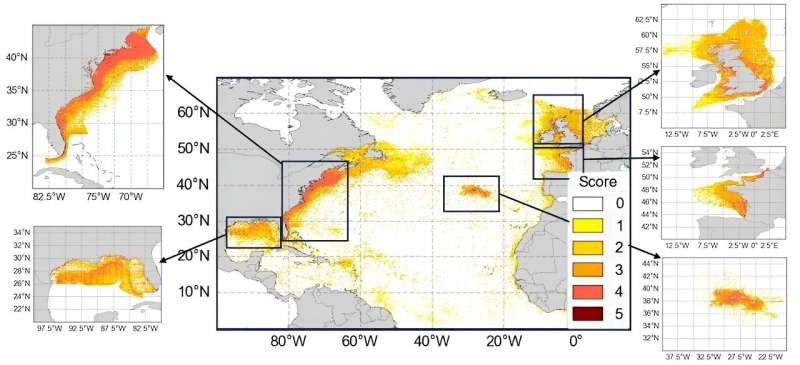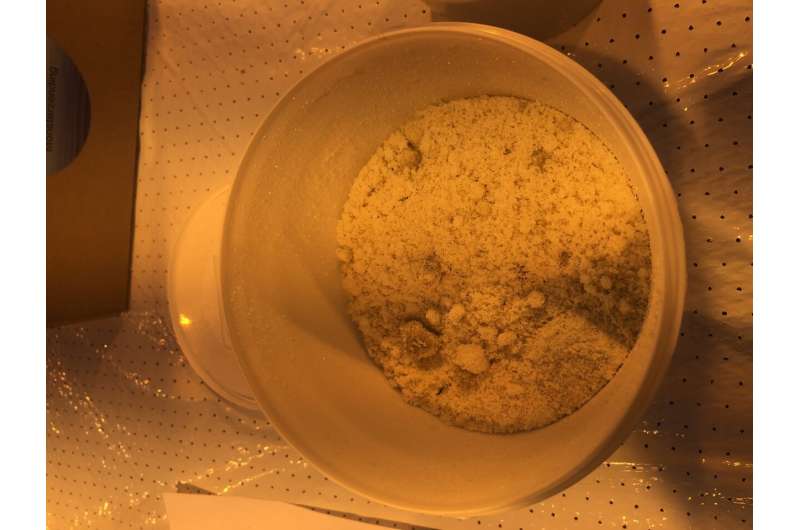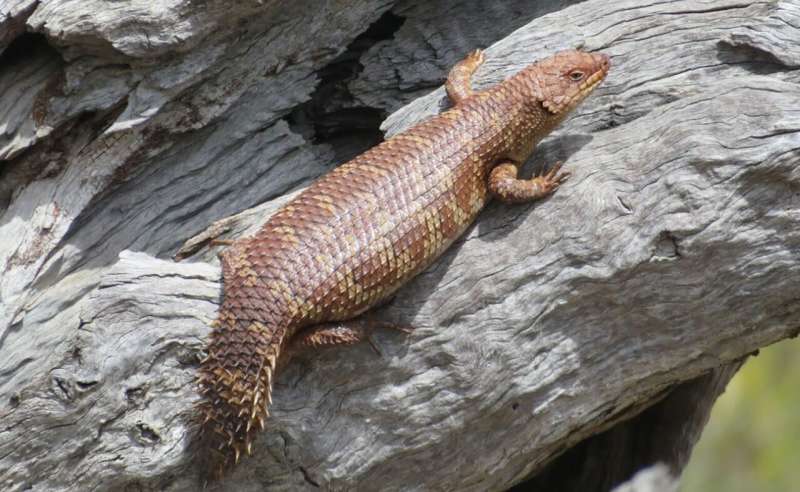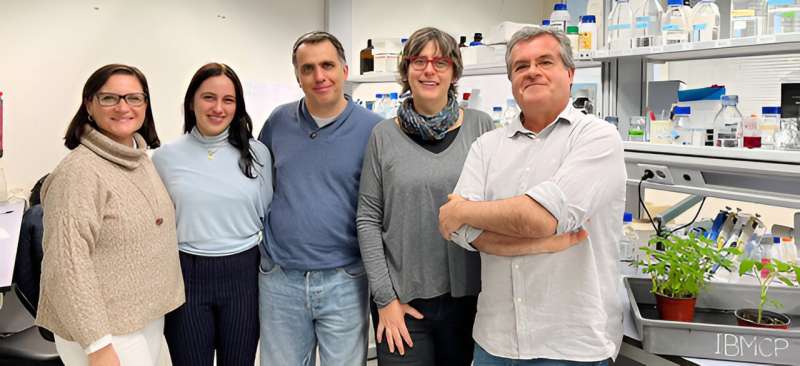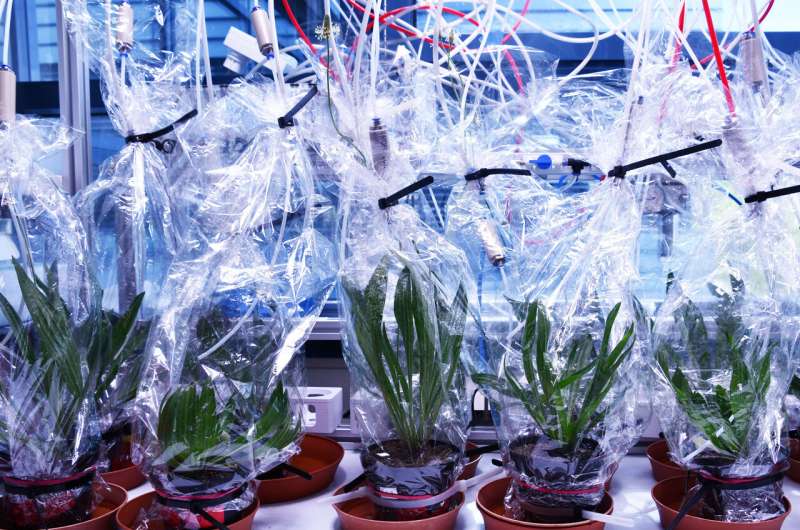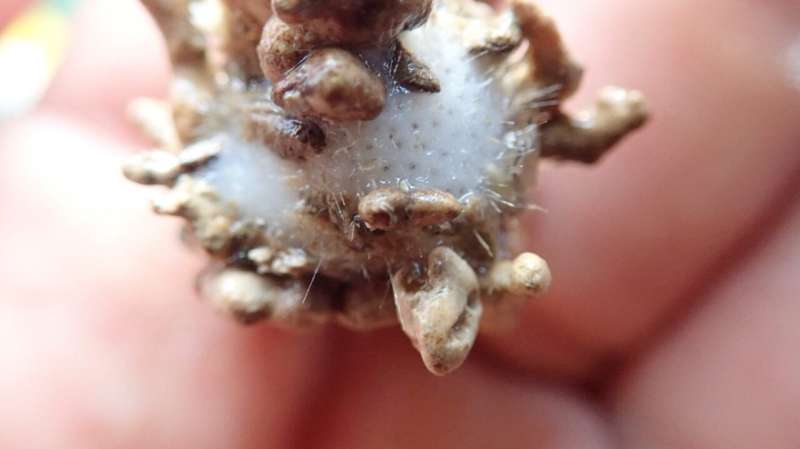Whistleblower accuses Aledade, largest US independent primary care network, of Medicare fraud

A Maryland firm that oversees the nation's largest independent network of primary care medical practices is facing a whistleblower lawsuit alleging it cheated Medicare out of millions of dollars using billing software "rigged" to make patients appear sicker than they were.
The civil suit alleges that Aledade Inc.'s billing apps and other software and guidance provided to doctors improperly boosted revenues by adding overstated medical diagnoses to patients' electronic medical records.
"Aledade did whatever it took to make patients appear sicker than they were," according to the suit.
For example, the suit alleges that Aledade "conflated" anxiety into depression, which could boost payments by $3,300 a year per patient. And Aledade decided that patients over 65 years old who said they had more than one drink per day had substance use issues, which could bring in $3,680 extra per patient, the suit says.
The whistleblower case was filed by Khushwinder Singh in federal court in Seattle in 2021 but remained under seal until January of this year. Singh, a "senior medical director of risk and wellness product" at Aledade from January 2021 through May 2021, alleges the company fired him after he objected to its "fraudulent course of conduct," according to the suit. He declined to comment on the suit.
The case is pending and Aledade has yet to file a legal response in court. Julie Bataille, Aledade's senior vice president for communications, denied the allegations, saying in an interview that "the whole case is totally baseless and meritless."
Based in Bethesda, Maryland, Aledade helps manage independent primary care clinics and medical offices in more than 40 states, serving some 2 million people.
Aledade is one of hundreds of groups known as accountable care organizations. ACOs enjoy strong support from federal health officials who hope they can keep people healthier and achieve measurable cost savings.
Aledade was co-founded in 2014 by Farzad Mostashari, a former health information technology chief in the Obama administration, and has welcomed other ex-government health figures into its ranks. In June 2023, President Joe Biden appointed Mandy Cohen, then executive vice president at Aledade, to head the Centers for Disease Control and Prevention in Atlanta.
Aledade has grown rapidly behind hundreds of millions of dollars in venture capital financing and was valued at $3.5 billion in 2023.
Mostashari, Aledade's chief executive officer, declined to be interviewed on the record.
"As this is an active legal matter, we will not respond to individual allegations in the complaint," Aledade said in a statement to KFF Health News. "We remain focused on our top priority of delivering high-quality, value-based care with our physician partners and will defend ourselves vigorously if needed in a court of law."
The lawsuit also names as defendants 19 independent physician practices, many in small cities in Delaware, Kansas, Louisiana, North Carolina, Pennsylvania, and West Virginia. According to the suit, the doctors knowingly used Aledade software to trigger illegal billings, a practice known in the medical industry as "upcoding." None has filed an answer in court.
More than two dozen whistleblower lawsuits, some dating back more than a decade, have accused Medicare health plans of overcharging the government by billing for medical conditions not supported by patient medical records. These cases have resulted in hundreds of millions of dollars in penalties. In September 2023, Cigna agreed to pay $37 million to settle one such case, for instance.
But the whistleblower suit filed against Aledade appears to be the first to allege upcoding within accountable care organizations, which describe part of their mission as foiling wasteful spending. ACOs including Aledade made headlines recently for helping to expose an alleged massive Medicare fraud involving urinary catheters, for instance.
Finding the 'gravy'
Singh's suit targets Aledade's use of coding software and guidance to medical practices that joined its network. Some doctors treated patients on standard Medicare through the ACO networks, while others cared for seniors enrolled in Medicare Advantage plans, according to the suit.
Medicare Advantage is a privately run alternative to standard Medicare that has surged in popularity and now cares for more than 30 million people. Aledade has sought to expand its services to Medicare Advantage enrollees.
The lawsuit alleges Aledade encouraged doctors to tack on suspect medical diagnoses that paid extra money. Aledade called it finding "the gravy sitting in the [patient's] chart," according to the suit.
The company "instructed" providers to diagnose diabetes with complications, "even if the patient's diabetes was under control or the complicating factor no longer existed," according to the suit.
Some medical practices in Delaware, North Carolina, and West Virginia billed the inflated code for more than 90% of their Medicare Advantage patients with diabetes, according to the suit.
The lawsuit also alleges that Aledade "rigged" the software to change a diagnosis of overweight to "morbid obesity," which could pay about $2,500 more per patient. Some providers coded morbid obesity for patients on traditional Medicare at 10 times the national average, according to the suit.
"This fraudulent coding guidance was known as 'Aledade gospel,'" according to the suit, and following it "paid dividends in the form of millions of dollars in increased revenue."
These tactics "usurped" the clinical judgment of doctors, according to the suit.
'No diagnosis left behind'
In its statement to KFF Health News, Aledade said its software offers doctors a range of data and guidance that helps them evaluate and treat patients.
"Aledade's independent physicians remain solely responsible for all medical decision-making for their patients," the statement read.
The company said it will "continue to advocate for changes to improve Medicare's risk adjustment process to promote accuracy while also reducing unnecessary administrative burdens."
In a message to employees and partner practices sent on Feb. 29, Mostashari noted that the Justice Department had declined to take over the False Claims Act case.
"We recently learned that the federal government has declined to join the case U.S. ex rel. Khushwinder Singh v. Aledade, Inc. et al. That's good news, and a decision we wholeheartedly applaud given the baseless allegations about improper coding practices and wrongful termination brought by a former Aledade employee three years ago. We do not yet know how the full legal situation will play out but will defend ourselves vigorously if needed in a court of law," the statement said.
The Justice Department advised the Seattle court on Jan. 9 that it would not intervene in the case "at this time," which prompted an order to unseal it, court records show. Under the false claims law, whistleblowers can proceed with the case on their own. The Justice Department does not state a reason for declining a case but has said in other court cases that doing so has no bearing on its merits.
Singh argues in his complaint that many "unsupported" diagnosis codes were added during annual "wellness visits," and that they did not result in the patients receiving any additional medical care.
Aledade maintained Slack channels in which doctors could discuss the financial incentives for adding higher-paying diagnostic codes, according to the suit.
The company also closely monitored how doctors coded as part of an initiative dubbed "no diagnosis left behind," according to the suit.
2024 KFF Health News. Distributed by Tribune Content Agency, LLC.
